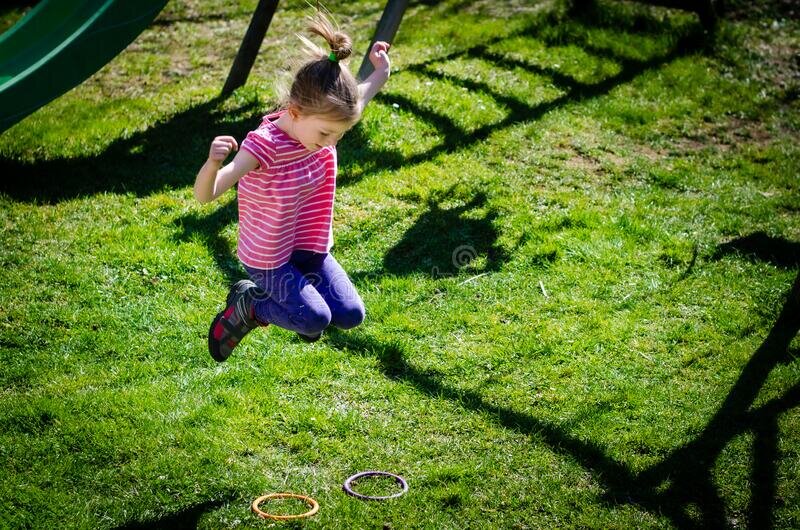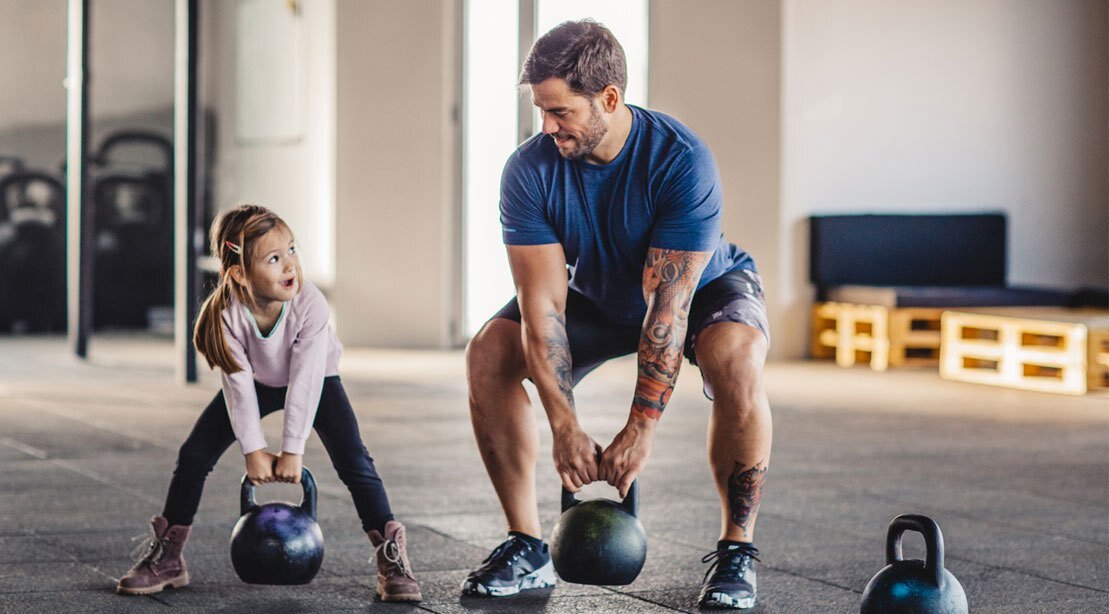Is Resistance Training Safe & Effective For Children?
Have you heard that resistance training stunts a child’s growth? What about resistance training being unsafe for children or adolescents?
In the clinic, we hear these claims daily, but are they true or are they myths that need busting?

In our minds, resistance training for children usually conjures up images of sporty children lifting heavy weights or images of hulking muscular kids. But what if resistance training was not just about weights, resistance bands, and machines, but also anything that provided an external load.

For instance, jumping off a slide, pulling a wheelbarrow or swinging on the monkey bars. We see these as normal child behaviors since they involve play, fun and they are what we’re accustomed to.
Although many of these actions require the child to exert upwards of 3-7 times his or her body weight. As an example, a 30 kilograms child who jumps from a height of approximately 40 centimeters will cushion an external landing force of anywhere between 90 kilograms and 210 kilograms.
This example demonstrates one single landing from one jump. Now if we multiply this by 20 jumps, we arrive at an external landing force of 1800 kilograms to 4200 kilograms.
The point of these examples is to demonstrate the amount of external load that children withstand on a day-to-day basis.
Compare these examples with a child who attends a resistance training session at a gym. When a 30 kilogram child squats both his/her body weight plus 20 kilograms for 10 repetitions, they are accumulating an external load of 500 kilograms (30kg + 20kg x 10 = 500kg). That’s a load reduction of 1300 kilograms compared to the lowest external force accumulated over the 20 jumps.
Between the jumping and squatting, the only difference is that the squat feels heavier because it is less practiced and more static, which makes it seem more difficult. We can see, however, that calculating the external load actually shows that jumping produces significantly more load on the child’s bones and muscles.
In addition to these examples, resistance training for children is largely supported by evidence and is promoted by many experts as shown HERE. It is important, however, that children be provided with adequate supervision until they feel comfortable and well versed in their training.
We hope that these examples provide you with the evidence you need to understand that resistance training is safe for children.
We now ask…

Is resistance training beneficial to children and can it be helpful?
Resistance training is no different from other forms of exercise; it provides a plethora of benefits that translate to many aspects of a child’s life. It is important to vary your exercises in every part of your life, and this is no different for a developing child. Play, resistance training, cardiovascular exercise, and a variety of sports must all work together to achieve balance and an environment where the growing child can thrive.
Evidence based benefits of resistance training and exercise can be found HERE.
Body composition, fat mass and bone health
- Increased daily energy expenditure
- Improved fitness: improved agility, sharper reflexes, increased speed and greater endurance
- Modulates the production of hormones and the regulation of hunger.
- Increases muscle mass. Hypertrophy, increased oxygen consumption.
- Decrease in fat mass and the risk of obesity, useful in both the prevention and treatment of obesity.
- Lowered risk of comorbidities associated with obesity.
- Increase in bone mass and bone mineral density, decreasing the risk of osteoporosis
Cardiovascular risk
- Improvements in cardiorespiratory fitness and metabolism.
- Improvements in atherogenic lipid profile (increase in HDL cholesterol levels and decrease in triglyceride levels).
- Decreased insulin resistance (prevents diabetes and decreases insulin requirements in diabetic individuals).
Mental health and attitude towards life
- Protects from the adverse effects of sedentary behaviours.
- Boosts self-esteem and mood (reduces anxiety and depression).
- Improves social integration. (Promotes compliance with rules, valuing and engaging in teamwork, integrating and taking on responsibilities, and reduces the tendency to develop aggressive traits).
- Improves the management of the underlying disease.
- Boosts academic performance.
- Can contribute to the prevention of smoking initiation in children and adolescents.

Considerations
Supervision
When a child is first beginning resistance training, it is important that supervision is provided to help support the development of the fundamental skills required. It is also important to provide guidance in the form of programming the training sessions so that the child is taught to understand variations, intensities, volumes, and rest periods. Support is best provided by a professional who is familiar with working with children and adolescents (Physiotherapist, Strength and Conditioning Coach, or an experienced Personal Trainer).
Fun and enjoyment
It is also essential for children and adolescents to enjoy their training-despite the numerous benefits of resistance training. An experienced professional who has worked with children and adolescents in this environment will understand how important it is to incorporate this into the training sessions. In order to achieve the many benefits of resistance training, finding a balance between effective training and fun will be essential for long-term buy-in from the child or adolescent.
If you would like to discuss any of the above then please take us up on our free 15-minute online consultation where you can find out more about how our specialist physiotherapy team can help your child start safely benefiting from resistance training and exercise.
Evidence and further reading:





